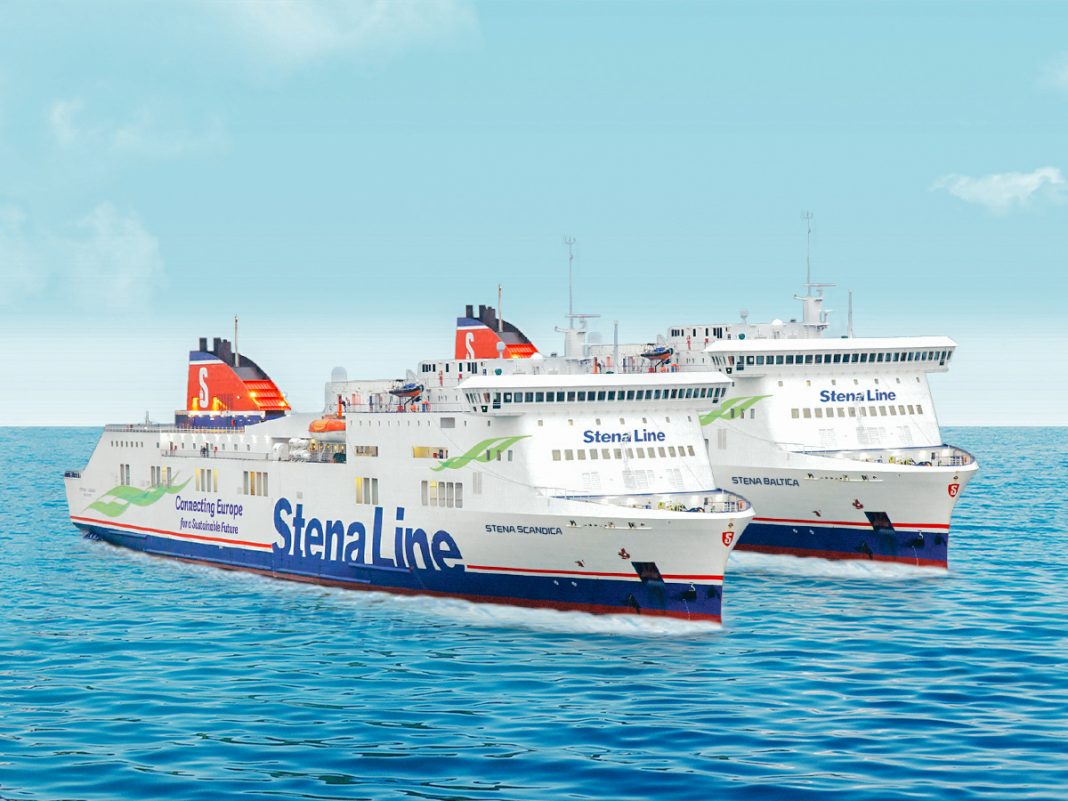Stena Line has announced the new names of the two modern ferries that are due to start operating on the route between Nynäshamn in Sweden and Ventspils in Latvia during 2021.
The new ferries will add a further 30 per cent freight capacity and offer an attractive alternative way to travel on the Baltic Sea. After receiving close to 600 name suggestions from customers online the new names are Stena Scandica and Stena Baltica.
In October 2020 Stena Line announced the strengthening of their Baltic Sea fleet with the deployment of two modern RoPax vessels on the route between Nynäshamn in Sweden and Ventspils in Latvia during 2021, which will add 30 per cent more lane metres freight capacity and offer a brand new modern onboard experience.
The two modern ro-pax vessels were built at the Italian shipyard Visentini in 2005 and have been operating on Stena Line’s Irish Sea route between Belfast and Liverpool for the last 10 years, with the names Stena Lagan and Stena Mersey.
Before they start operating on their new route in the Baltic Sea the two vessels will be modernised and lengthened by sister company Stena RoRo, as well as receive new names.
“The new vessel names connect with our Scandinavian heritage as well as the region where they will operate. They vessels will add a brand new modern onboard experience for both travel and freight customers on the Baltic Sea”, says Johan Edelman, Trade Director Baltic Sea North.
The first of the two vessels, Stena Scandica (ex-Stena Lagan, pictured below) is currently undergoing a ground-breaking conversion at the Sedef Shipyard in Tuzla, Turkey. She will join the Stena Line fleet and start operating on the Nynäshamn-Ventspils route during the first quarter of 2021.
The second vessel, Stena Mersey, is still operating on the Irish Sea where she will be replaced by Stena Line’s new E-flexer, Stena Embla, when it arrives from China in the new year. She will be modernised and lengthened during the spring at the same shipyard and will rejoin the fleet and start sailing on the Baltic Sea before the summer, with the classic Stena Line vessel name Stena Baltica.
The two vessels will be lengthened with a 36m mid-section; after the conversion they will be 222m long and have a capacity of 200 cabins, 970 passengers and 2,875 freight lane meters plus the additional car deck; adding another 30 per cent freight capacity on the route.
To increase the loading efficiency, they will also be modified with drive through capabilities on two levels. The vessels will also be fitted with hybrid scrubbers.



